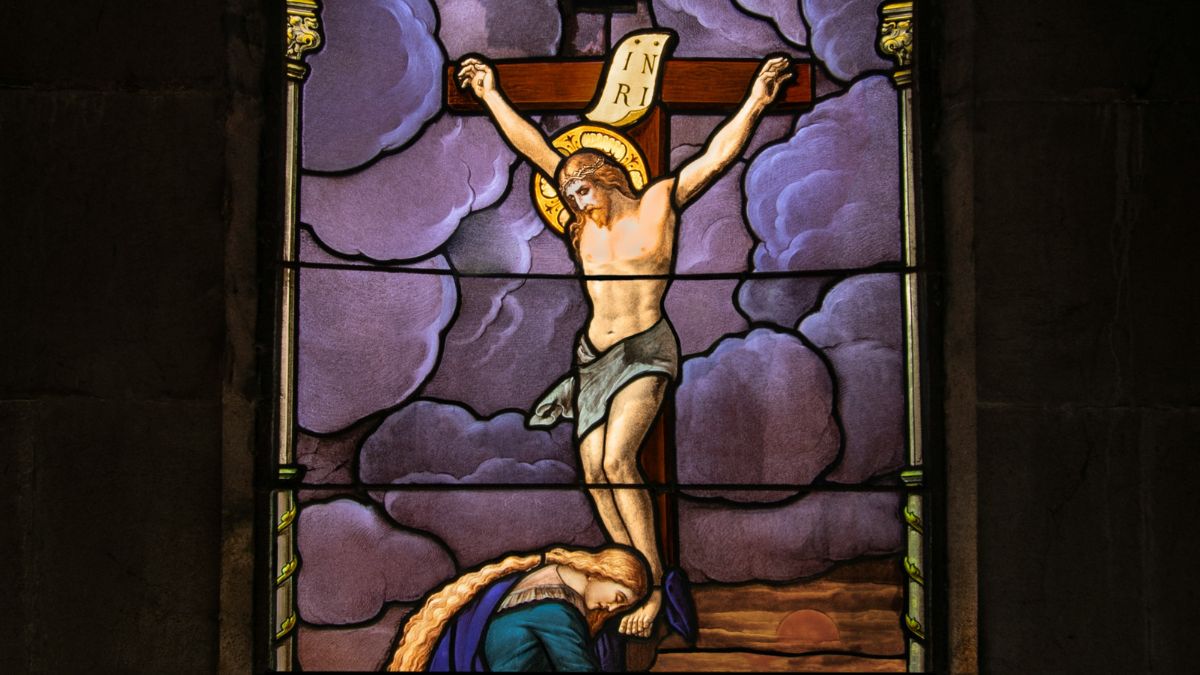

Arts, Media, and Entertainment
The Da Vinci Conspiracy
Several months ago, a friend came to me outraged over Dan Brown’s thriller, The Da Vinci Code. He read the book, and while he found the story fascinating, it was filled, he said, with historical distortions and was nothing but an anti-Christian—specifically anti-Catholic—screed. Don’t worry, I told him, it will blow over like all fads. Besides, no thinking person will take it seriously. Well, I was wrong. Since then I’ve talked to a lot of people who have read the book. And for non-believers, it confirms their unbelief. It turns off honest seekers, and it has confused and disillusioned even many Christians. That’s because while Brown has a knack for creating suspense, breakneck pacing, and surprising twists, he also has a knack for playing fast and loose with the truth. The Da Vinci Code begins with the murder of a museum curator. A Harvard professor and a French code breaker are called in to decipher a cryptic message that he wrote just before he died. They discover that he was protecting a powerful and dangerous secret. So far, just your average thriller, right? We soon find out that the curator had evidence that could disprove the deity of Christ. Although the Church had tried for centuries to suppress the evidence, great thinkers and artists have planted clues everywhere: in paintings by Da Vinci, the architecture of cathedrals—even Disney cartoons. That sounds like a loony conspiracy theory, except that Brown props up his flimsy edifice with impressive-sounding, supposedly historical “facts.” One of his characters even states, “The historical evidence supporting this [story] is substantial.” But it’s not. Brown uses a combination of lies and half-truths, founded on a skewed perspective of Church history. In Brown’s view, the heretics in the early Church were the real truth-tellers, and the Church banned their doctrines because they threatened the Church’s power base. Just in case readers go back to their Bibles to check facts, Brown has his characters claim that the Gospels aren’t historically accurate. Instead, it’s the Gnostic gospels—books discarded by the early Church as unreliable—that tell the truth about Jesus. As Dan Brown knows, an adventure story like The Da Vinci Code is an ideal way to get past people’s guard. Between trying to guess who the real villains are and trying to decode the various clues scattered throughout the book, who’s going to notice that Brown’s religious theories are as phony as a three-dollar bill? Christians need to notice, that’s who. And we need to do our research so that we can respond to the fabrications in The Da Vinci Code. (See the links at the end of this commentary to get started.) Even though Dan Brown knows the techniques of writing a best-selling thriller, he uses them to reach the most banal conclusions. He apparently thinks it’s exciting to show Jesus as an ordinary human being with strong leanings toward goddess worship. But the biblical story of Jesus—God the Son coming to earth as a man to die and rise again for our salvation—is infinitely more exciting. If you know Christians who are reading the book, tell them, “Throw it away.” And if you have non-Christian friends who have read it, debunk The Da Vinci Code. Then tell them a much better story: one that has the added advantage of being true.
01/20/04















